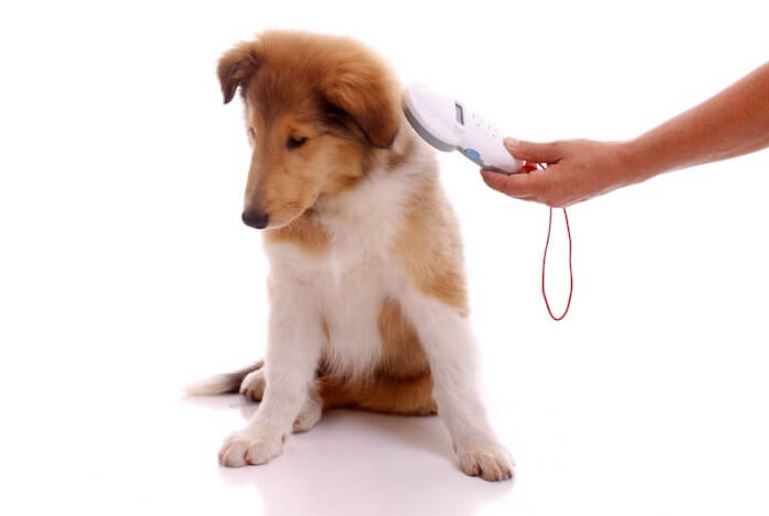
Protecting your pet involves more than just love and care. Microchipping offers a dependable way to enhance your pet’s safety and security. This simple procedure ensures that your pet always has a form of identification. If your pet ever gets lost, a microchip can be the key to a swift reunion. You can’t always rely on collars or tags; they can break or fall off. Microchipping provides a permanent solution. Nicholasville, KY veterinary professionals understand the importance of this small device. They know it significantly boosts the chances of finding and returning your pet to you. Unlike external tags, microchips are inserted under the skin, offering a safe and effective system for identifying your pet. This leads to decreased anxiety and increased peace of mind. By embracing microchipping, you demonstrate responsibility and care, ensuring your pet’s well-being and security. It’s a choice that promises safety.
Understanding Microchipping
A microchip is a small device, about the size of a grain of rice. It’s implanted under your pet’s skin, usually between the shoulder blades. This chip carries a unique identification number that can be read by a scanner. Veterinary clinics and animal shelters can access this number to retrieve your contact information from a secure database.
Also Read: WellHealthOrganic.com: Neem and Aloe Vera Juice – A Natural Health Elixir
How Microchips Work
When a lost pet is found, a quick scan can reveal the microchip’s unique ID number. This number is linked to your contact details. The process is fast and painless for the pet. More importantly, it plays a crucial role in reuniting lost pets with their families.
Key Benefits of Microchipping
- Permanent Identification: Unlike collars, a microchip stays with your pet for life.
- Increased Recovery Chances: Pets with microchips are much more likely to be returned home.
- Simple Procedure: Inserting a microchip is quick and no more uncomfortable than a vaccination.
Comparison: Microchipping vs. Traditional ID Tags
| Feature | Microchipping | ID Tags |
| Permanence | Permanent | Can be lost |
| Information Security | Secure | Easily accessed |
| Ease of Use | Requires a scanner | Read without tools |
Microchipping Procedures
The microchipping process is straightforward. Your vet uses a special syringe to place the chip under your pet’s skin. Pets tolerate this procedure well. Your pet may feel slight pressure, but the process is quick. After insertion, you register the chip with your contact details in a national database.
For more information on how the microchipping process works, you can visit the American Veterinary Medical Association.
Registering Your Pet’s Microchip
Registration is critical. Without it, the microchip holds no information. Ensure your contact details are current. Update your information whenever you change your phone number or address. This helps shelters and vets contact you quickly if your pet is found.
Also Read: Parent’s Guide: Magnesium Autism Interventions Explained
Dispelling Common Myths
Some believe microchips track a pet’s location, but this is false. Microchips store ID numbers, not GPS data. Concerns about safety are also unwarranted. The procedure is safe, and complications are rare.
Conclusion
Microchipping is a proactive step to safeguard your pet. It offers peace of mind and significantly increases the odds of reuniting with a lost pet. While it doesn’t replace the need for collars and tags, it serves as a reliable backup. By choosing to microchip, you show commitment to your pet’s safety and security. For detailed guidelines, consider visiting the Humane Society.








